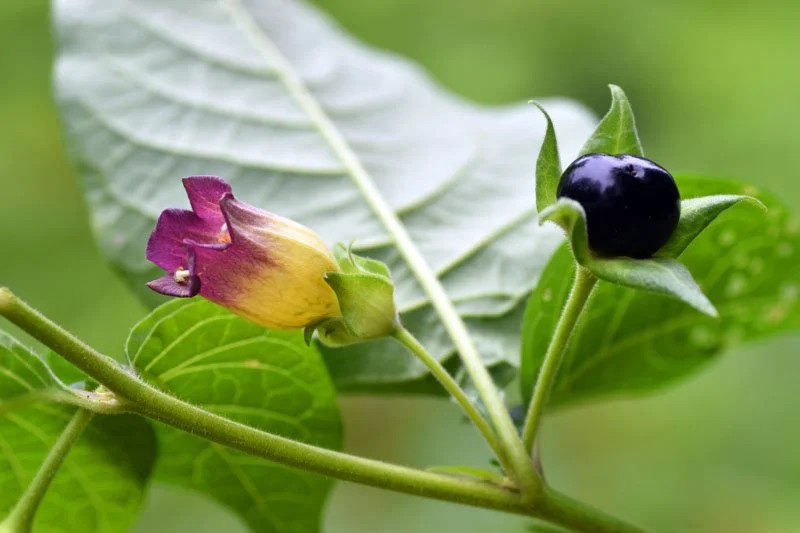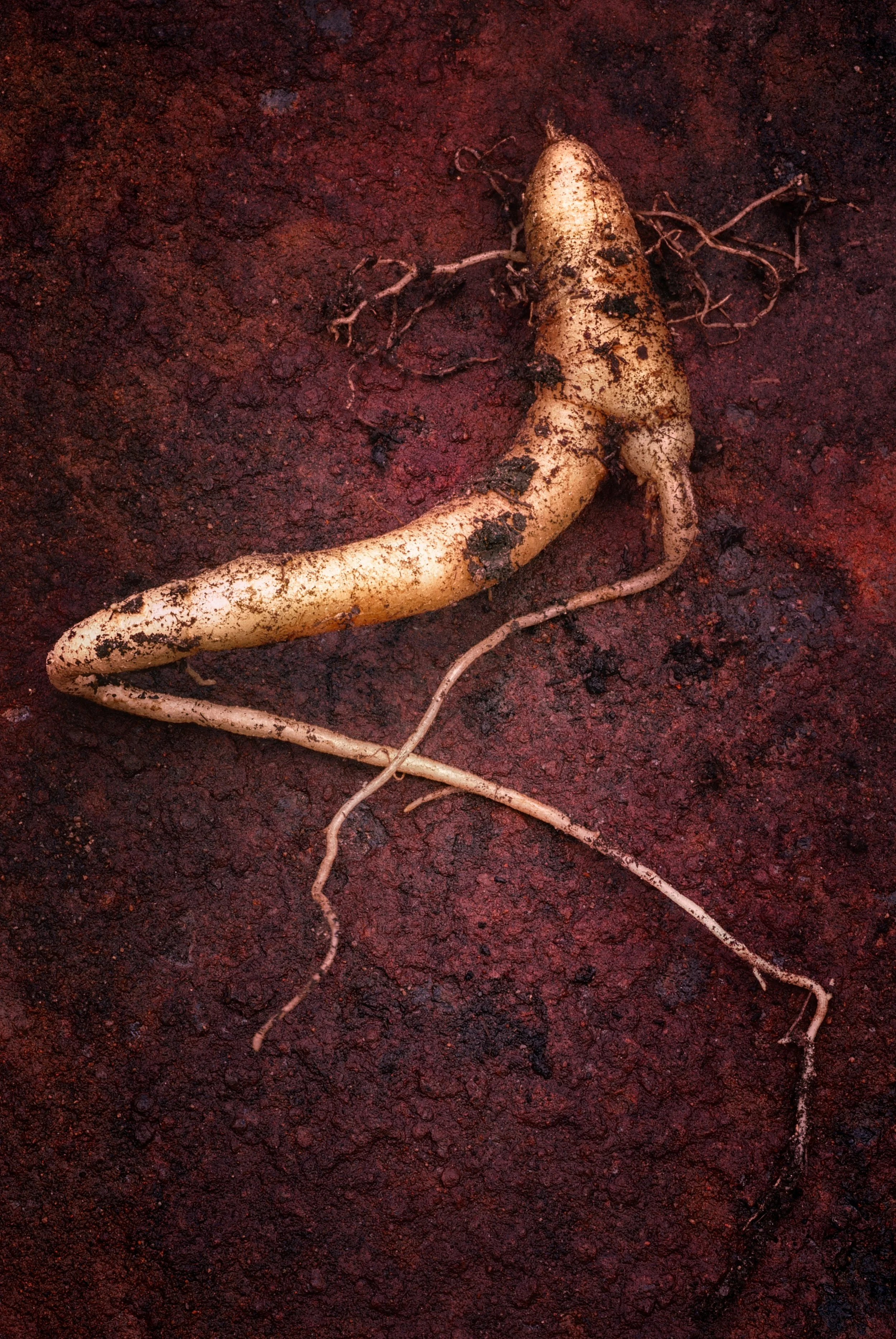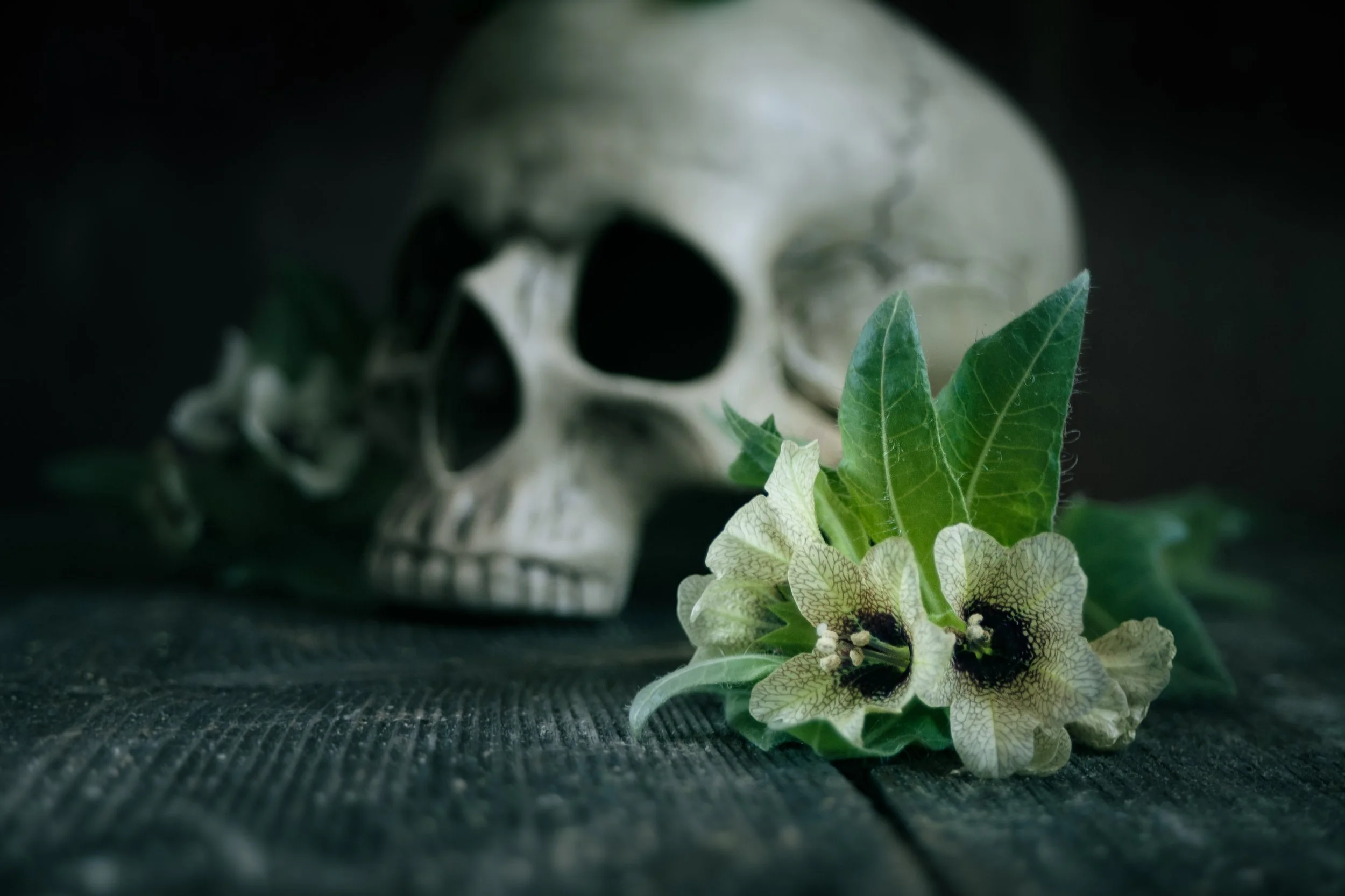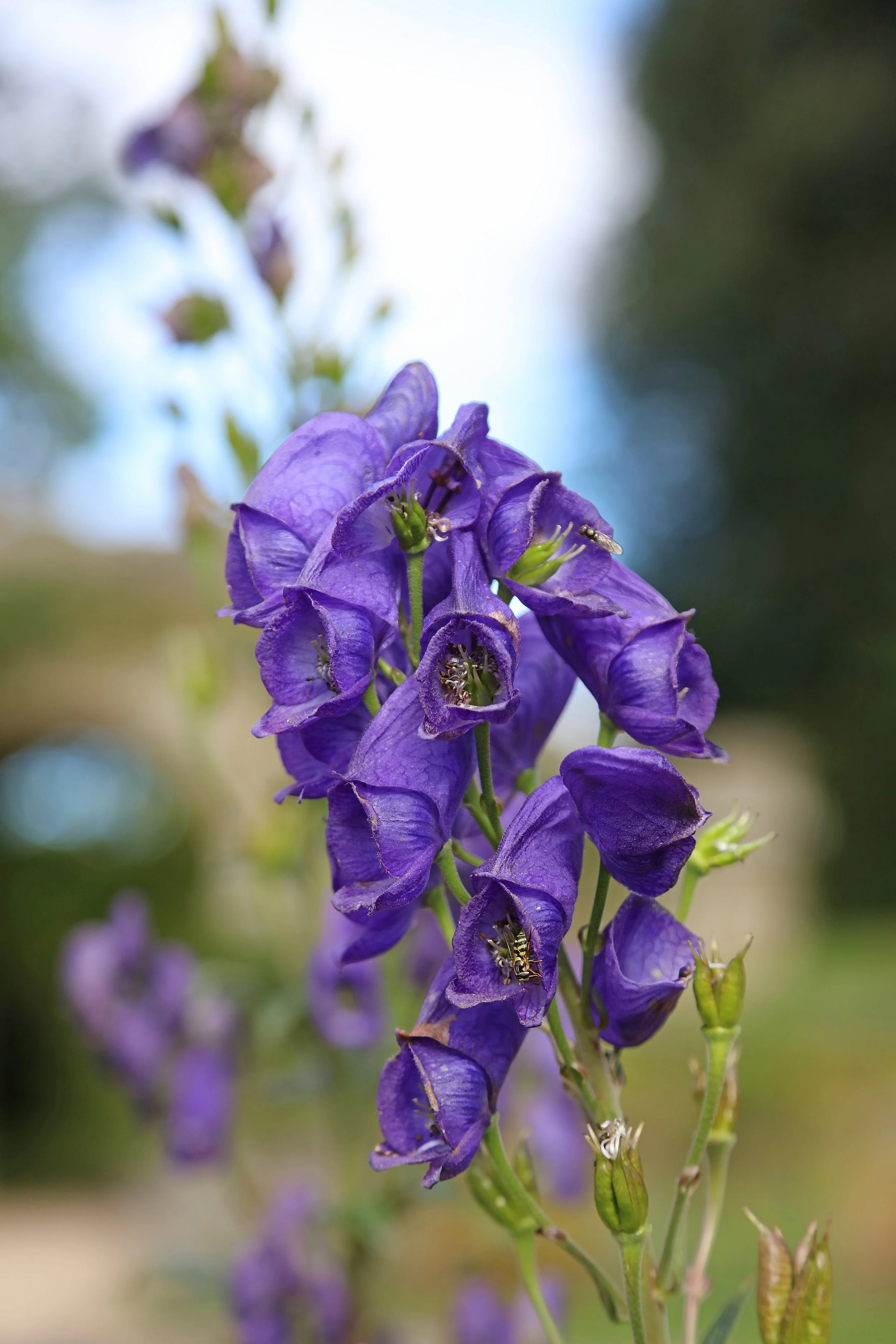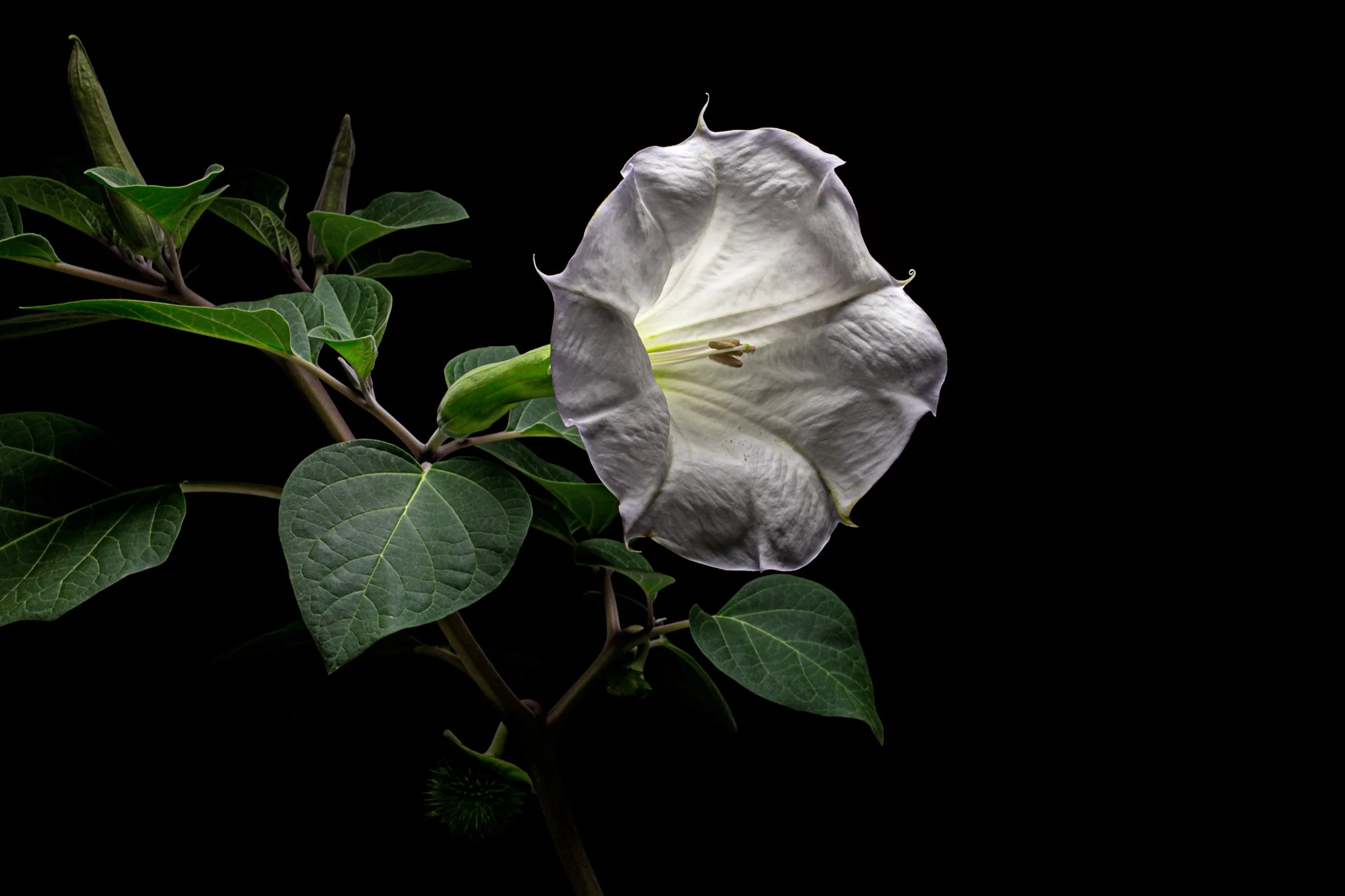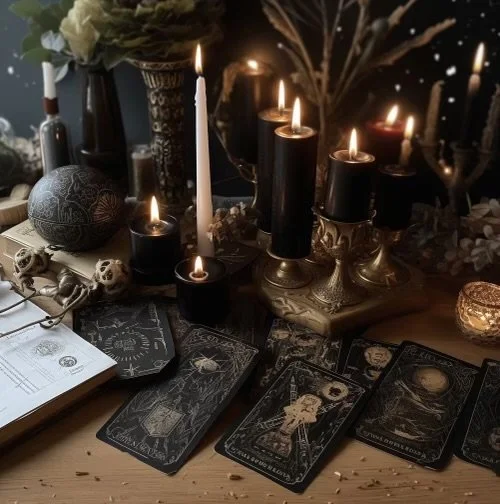Herbs That Would’ve Gotten You Burned at the Stake
There’s something wickedly theatrical about the idea of being chased across a meadow with a bunch of herbs tucked into your apron — not because you brewed a curse, but because your remedies, your knowledge, and your stubborn independence threatened someone’s tidy worldview.
Throughout European history (and, indeed, in many other cultures), certain plants were tangled up in accusations of witchcraft. Sometimes it was the plant’s effect on the body — a dreamlike sleep, a vivid hallucination, a sudden fainting — that frightened onlookers. Sometimes it was the social position of the plant-carer: elderly women, midwives, herbal healers, and folk magicians who understood the medicines of the land.
This post is not a manual for mischief. It’s a celebration: of herbal wisdom, of the people who kept it alive, and of learning how to use these plants with respect and safety.
Quick safety note: Many of the plants below are powerful, and a few are toxic in particular preparations or doses. I’m sharing folklore, history, and traditional uses — not instructions for dangerous experiments. Always consult a professional herbalist or medical provider before using unfamiliar herbs.
Belladonna
(Atropa belladonna) — “Beautiful but deadly”
Belladonna’s very name hints at its double life: Italian for “beautiful woman,” a nod to historical cosmetic uses (dilating the pupils was fashionable) and a reminder of the plant’s potency. Alkaloids in belladonna affect the nervous system, causing delirium, dilated pupils, and a feeling of detachment from the body — effects that, centuries ago, could be mistaken for flight or spirit-travel.
Folklore: witches’ ointments often contained belladonna and related nightshades. Practically: today it’s studied carefully in clinical contexts (and used in microdoses in some homeopathic forms), but it’s not a herb for home tinkering.
Science: Belladonna is highly toxic, and all parts of the plant are dangerous. Even a small dose can be deadly, and accidental poisonings have been reported, especially involving the berries. The concentration of toxic compounds can vary greatly between individual plants, making any home-based use extremely risky. Medical and poison control experts strongly advise against consuming or handling the plant without professional guidance.
Mandrake
(Mandragora officinarum) — roots with a reputation
Mandrake roots look eerily human, and the plant in folklore screamed when pulled from the ground — a legend cold enough to freeze the marrow. Because of its association with fertility, seduction, and the boundary between life and death, the mandrake earned a starring role in witch trials and grimoires.
Folklore: protective charms, love potions, and familiars. Practically: mandrake contains tropane alkaloids; historically used as a soporific and anesthetic in tiny, expert doses. Today, treat it as an object of story and museum curiosity rather than kitchen medicine.
Science: All parts of the mandrake plant are highly toxic and can cause severe symptoms like hallucinations, delirium, and heart problems. The concentration of alkaloids varies, making the dose unpredictable and extremely dangerous, with large doses potentially being fatal. Modern experts and medical sources strongly advise against any form of home use.
Henbane & Nightshades
(Hyoscyamus niger, Solanaceae family) — friends and foes
Henbane and relatives (including various wild nightshades) were common in medieval pharmacopoeias. They produce dreamy, dissociative states at certain doses, which could be interpreted as visions or prophecy — or evidence of diabolical pacts.
Folklore: used as poison in stories, or to commune with spirits. Practically: studied for medicinal alkaloids but highly toxic if misused.
Science: While the alkaloids found in henbane, particularly scopolamine and hyoscyamine, have legitimate medicinal uses today (e.g., for motion sickness and as an antispasmodic), the plant itself is highly toxic. The concentration of alkaloids can vary dramatically, making any unsupervised dosage extremely dangerous and potentially lethal. All parts of the plant, including the smoke from burning it, are poisonous.
Aconite
(Aconitum napellus) — the plant that kills with a touch
Aconite has terrified herbalists for centuries. Nicknamed “wolfsbane” or “monkshood,” it contains aconitine — extremely toxic — and was reputedly used on spear tips when hunting wolves and in murderous plots. It’s a plant that demands respect.
Folklore: boundary guardian, poison, protector against werewolves. Practically: aconite shows up in fixed doses in some traditional medicines but is best left to the poisonologists and storybooks.
Science: Due to its extreme toxicity and narrow margin between a medicinal and lethal dose, major health organizations list aconite as unsafe for oral and topical use without medical supervision. It is most safely viewed as a cautionary tale and a subject of folklore rather than a home remedy.
Datura / Jimsonweed
(Datura spp.) — visions or violence?
Datura throws the line between ecstatic visionary experiences and dangerous delirium. In controlled, experienced hands it was described as a “door” to visionary journeys; in chaotic use it can produce terrifying trips, injury, psychosis or death.
Folklore: witches’ flight, summer madness, and prophetic dreams. Practically: never use recreationally. The margin between a “vision” and medical emergency is slim.
Science: Hospitalizations and deaths from recreational Datura use are well-documented. The adverse effects of poisoning can include extreme agitation, seizures, coma, respiratory depression, and death. Even among those who survive, long-term complications such as vision problems and psychosis have been reported.
Why were these herbs associated with witchcraft?
Plants that altered consciousness, controlled bleeding, or assisted childbirth stepped into domains that authority figures (clerics, magistrates, patriarchal households) found threatening. If a woman could ease labor, stop a hemorrhage, or produce a trance state that undermined confessions, her knowledge belonged to her — and that independence was often criminalized.
Add sociopolitical scapegoating, religious panic, and the simple human fear of unexplained effects, and you have the perfect storm for witch-hunts. Herbs became evidence: a “witch’s” salve, a “devil’s” tea, a literal bouquet of suspicion.
Reclaiming the story: herbalism as resistance
Today, as herbalists and plant lovers, we reclaim these plants’ stories in a different spirit. We remember:
Context matters. Folk recipes, preparations, and doses were part of a living system of care — not random dabbling.
Education protects. Knowing a plant’s risks and safe uses is radical self-care in a world that often pathologizes traditional knowledge.
Honoring ancestors. Many healers whose names are lost passed on practical knowledge about plants that mainstream medicine later re-discovered.
How to approach herbs safely
Learn from reputable sources. Apprenticeships, trusted herbalists, historical texts, and modern pharmacognosy all help make sense of a plant’s profile.
Start with low-risk plants. Build a foundation with culinary and gentle medicinal herbs before exploring anything with a history of toxicity.
Respect dose and preparation. Many plants become safer or far more dangerous depending on how they’re prepared.
Work with professionals. For anything potent or unfamiliar, consult a clinical herbalist or clinician.
An ending and an invitation
The herbs that could’ve gotten someone burned at the stake aren’t villains — they’re witnesses. Witnesses to how power and fear turned knowledge into crime, and to how courage and curiosity kept the green arts alive. Our job now is simple and radical: to study carefully, use respectfully, and tell the stories honestly.
And as always, my friend, take care of you.
Melody


